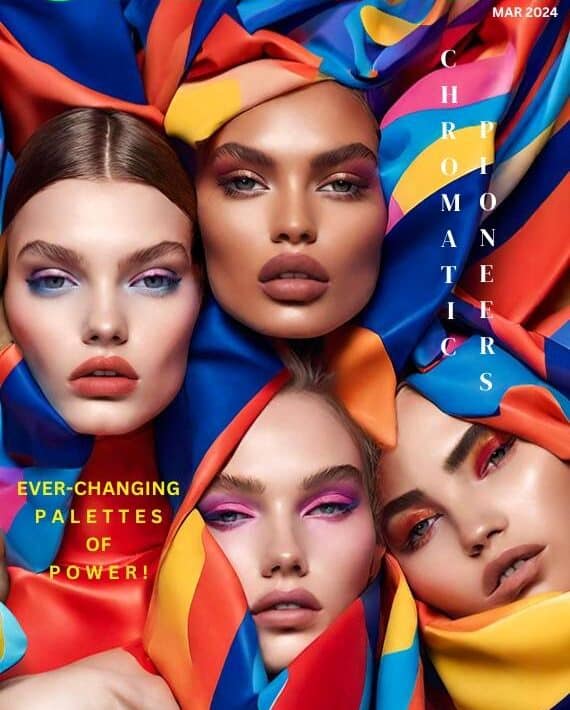Arab Glamour: The Icons Who Dared to Dazzle

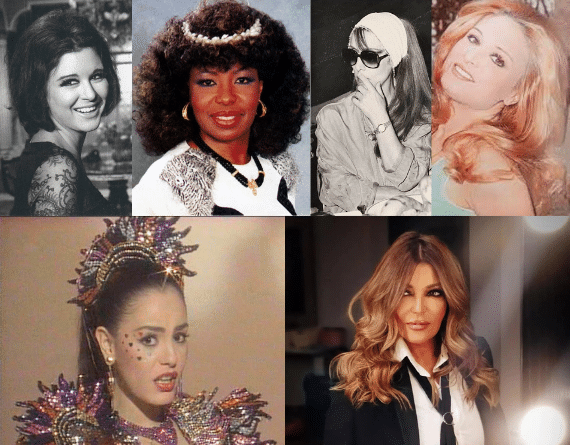

Dania Khan is a Dubai-based stylist and designer, now bringing…
Before influencers, filters, or fashion weeks, there were women who rewrote the rules of Arab femininity with fabric, rhythm, and fearless presence.
There was no such thing as screen time when I was growing up. No digital limits, no boundaries. Just the warm hum of the television and the soft click of a VHS tape sliding into place. My mother would record every episode of Fawazir Ramadan, carefully labeled, rewound, and stacked like treasure. And I, cross-legged on the floor, was completely mesmerized.
It’s no wonder I grew up obsessed with puffed sleeves, sequins, and tutus. Before I even understood the word “fashion,” I had already fallen for it, through rhythm, costume, and light. I didn’t just watch these women; I studied them. I mirrored their moves. I knew their songs by heart. Their style became part of my own vocabulary before I ever had one.
They weren’t just entertainers. They were visionaries. Style was their language. And in a world that often told Arab women to be modest, still, and silent, they dared to dazzle. Their fashion wasn’t just beautiful. It was bold. It was resistance stitched in gold thread, glamour used as a form of agency. And they left their mark, not just on screens, but on all of us.
FAWAZIR QUEENS
Sherihan: The First Muse
Sherihan didn’t just appear, she arrived. Every entrance felt choreographed by the universe: a spotlight, a swirling cape, a burst of color and confidence. On Fawazir Ramadan, she transformed the riddle show into an art form. One night she was a Spanish dancer in ruffled red, the next a cosmic queen in metallics. Each costume was a world; each episode, a stage.
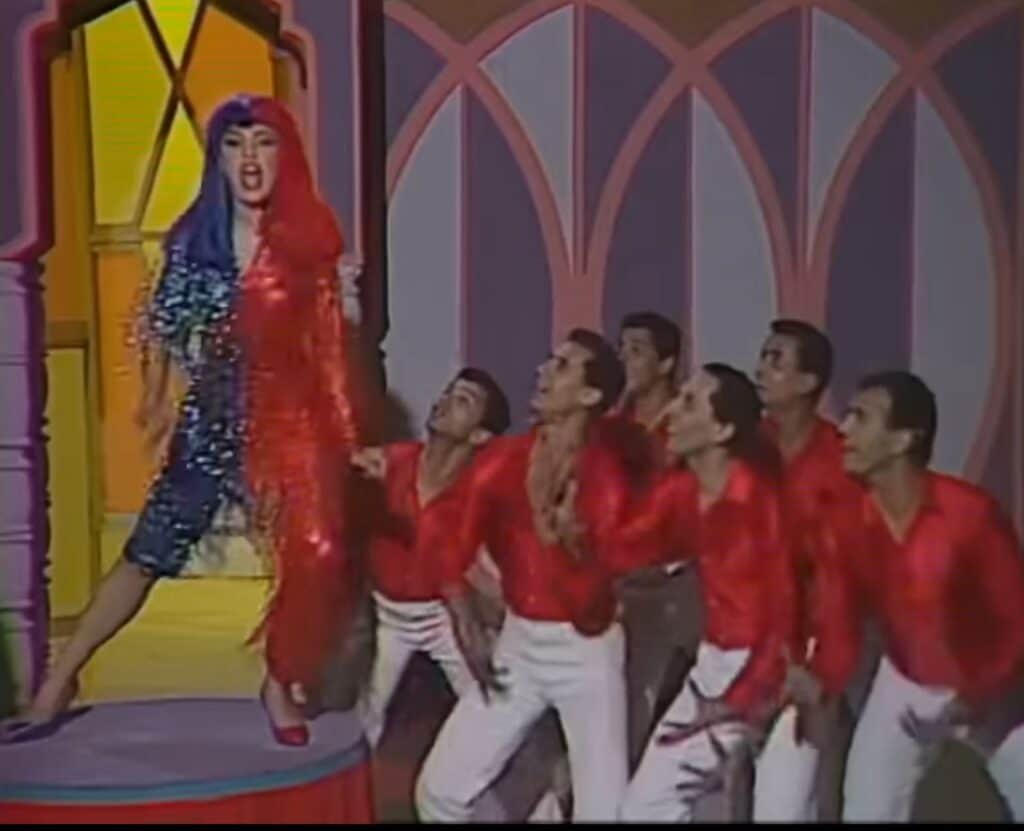


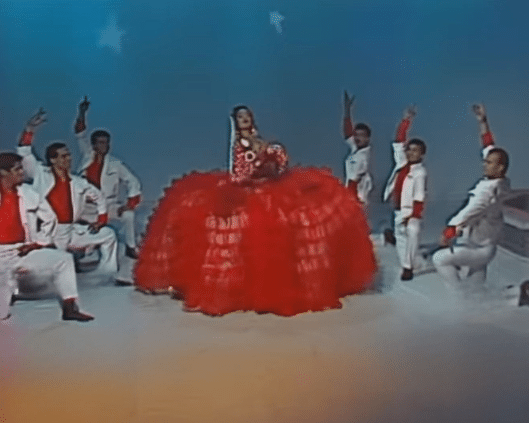

The Legendary And Immaculate Sherihan; Image Source: Pinterest
What made her unforgettable wasn’t just her beauty or poise, it was her total commitment to the moment. She didn’t just wear outfits; she embodied them. Her movement was musical, her eyes full of mischief and power. For those of us watching at home, she was spellbinding.

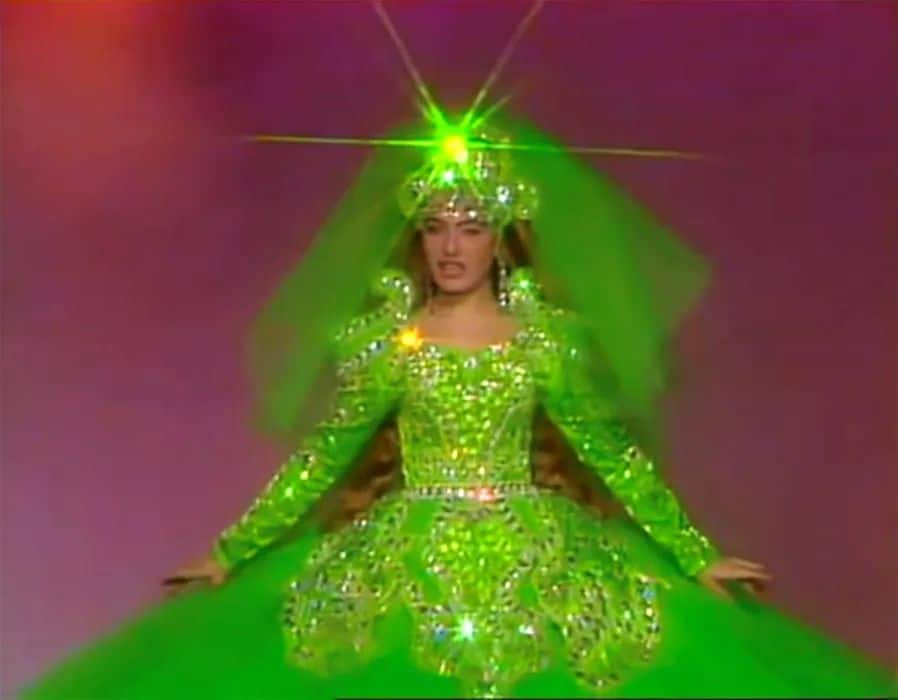
Sherihan Iconically Styled Herself For “Fawazir Ramadan”; Image Source: Pinterest
I later learned that many of those dazzling outfits were self-funded, Sherihan would often pay for her own wardrobe when the network couldn’t match her vision. She quite literally invested in her art. In an industry that frequently asked women to shrink, she expanded. She made style bigger, louder, more alive.
Her performances were more than just Ramadan television. They were a cultural event. And for a generation of Arab girls, Sherihan wasn’t simply a star. She was proof that elegance could be electric, that fashion could be fearless.
Nelly: The Charm of Early Fantasy
Before Sherihan turned Fawazir Ramadan into theatrical high art, there was Nelly, effortlessly radiant, mischievously playful, and deeply beloved. Known as the “Queen of Fawazir” before Sherihan ever took the stage, Nelly lit up Ramadan television throughout the 70s and 80s with a softer kind of magic, one rooted in joy, music, and unmistakable charm.
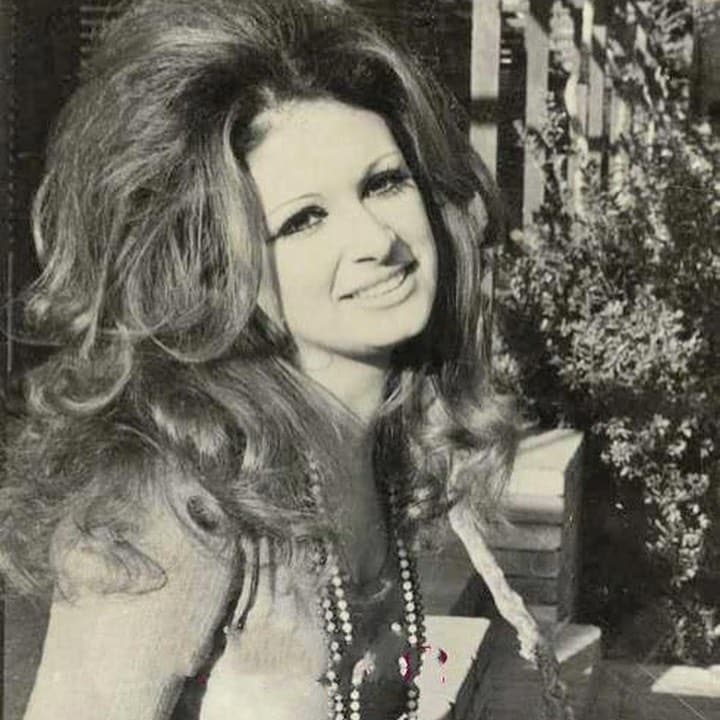
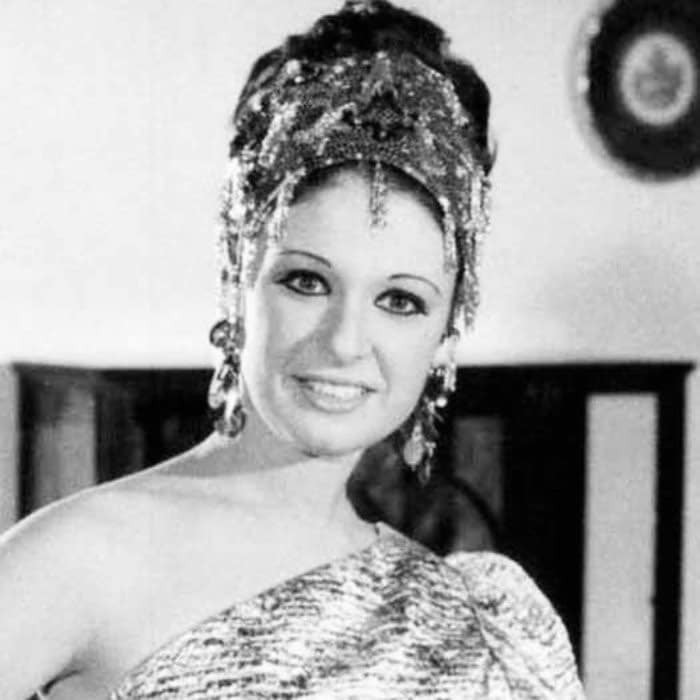
Nelly; Brought Charm And Softness To Ramadan Television: Image Source: Pinterest
Her episodes were like musical dreams, full of vibrant sets, catchy jingles, and whimsical costumes that felt both extravagant and endearing. Whether she was playing a circus performer, a village girl, or a sparkling cabaret singer, there was always a sense of ease to her performance, as if she was letting us in on a secret.
Where Sherihan dazzled with edge and elegance, Nelly captivated with warmth and familiarity. Her femininity was lighthearted, but never shallow. She was the big sister, the dream girl, the riddle master, wrapped in rhinestones, teasing us with a wink.
CINEMA’S DANCING DREAM
Suad Hosni
If Sherihan was the queen of the television stage, Suad Hosni was the silver screen’s eternal sweetheart. Known as Cinderella of Arab cinema, she brought sparkle and soul to every film she touched, dancing through musicals, weeping through dramas, and doing it all with a kind of unspoken elegance that made her unforgettable.

Suad Hosny: Arab Television’s Eternal Sweetheart; Image Source: Pinterest
What made Suad Hosni so powerful wasn’t just her beauty or iconic curls. It was the way she moved. The way she swayed through roles like a whisper, letting fashion, expression, and emotion melt together.
She embodied the femininity of 60s and 70s Arab cinema, cinched waists, polka-dot dresses, dramatic eyeliner, bows in her hair. She could play the girl next door or the unattainable star, and somehow, be both at once.
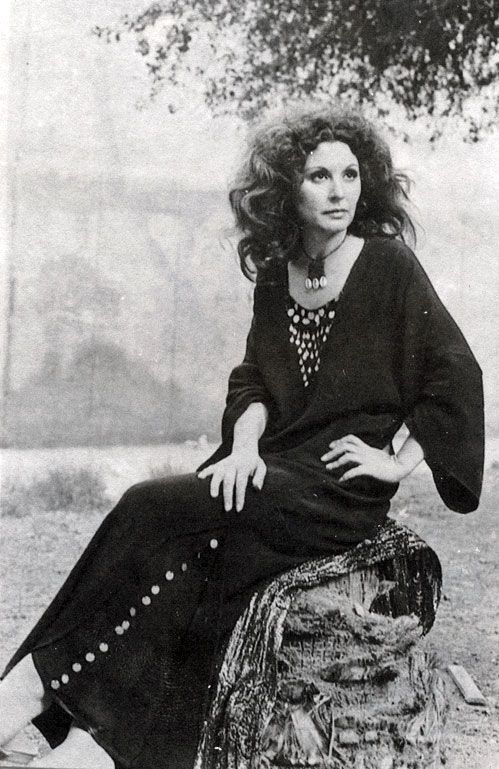
Suad Hosny; Drama Was Her Sixth Sense; Image Source: Pinterest
Her death remains a mystery, her legacy permanent. Suad Hosni danced for the screen, but also left behind a style that continues to flicker like a reel we never wanted to end.
THE SILENT STORM
Fairuz
Where the others dazzled in movement, Fairuz stood still.
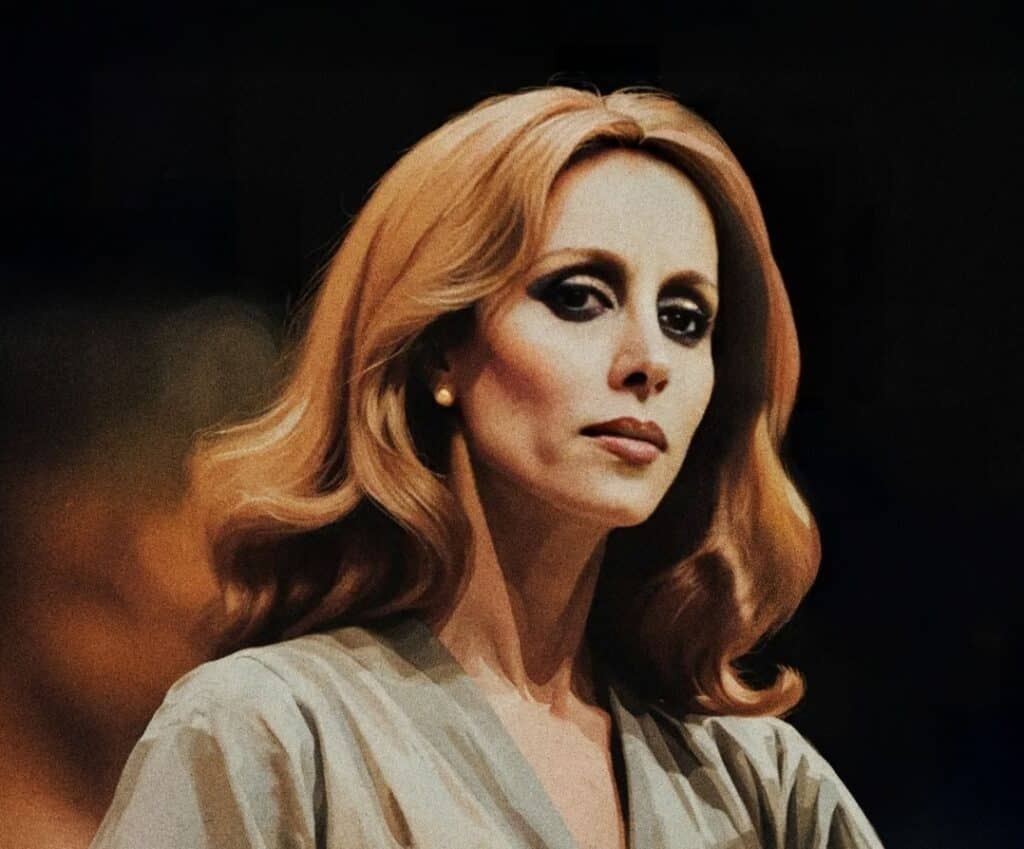
Fairuz: The Voice Of Lebanon; Image Source: Pinterest
She didn’t need choreography or costume changes. Her power came from presence, quiet, steady, unshakable. Draped in velvet kaftans or high-necked tunics, she offered a different kind of glamour, one that didn’t beg to be seen, but couldn’t be ignored.

Powerful & Unshakeable; Image Source: Pinterest
Fairuz was regal and ethereal, an icon without spectacle. She sang not to perform, but to elevate. Her silence held more meaning than most words. In a media world dominated by flash, she reminded us that stillness could be revolutionary too.
DIVAS & TRAILBLAZERS: SAMIRA & ITAB
If Fairuz stood still, Samira Said never did.
Her career has been one long transformation, Moroccan-born, Egyptian-rooted, and always evolving. From disco curls in the 80s to sculptural gowns in the 2000s, Samira’s style has always been fearless. She didn’t follow fashion; she drove it. And she did it all while commanding the stage with sleek precision and power.

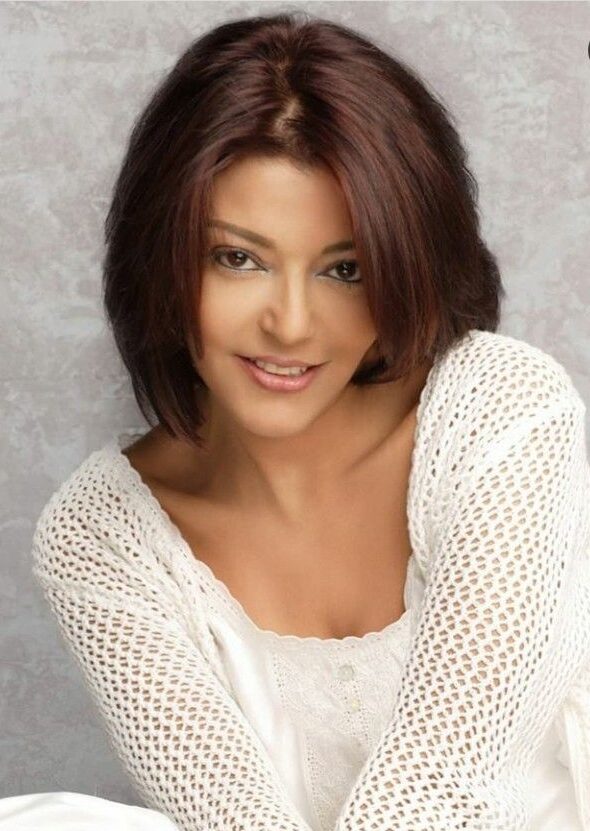
Samira Said Drove Style In Her Own Way; Image Source: Rotana Studios
Her glamour was structured, polished, and unapologetic, just like her voice. She was a pop queen, but never a copy. Her fashion, like her career, was about control of her narrative, her body, her legacy.
And then there was Etab, one of the first Saudi women to take the stage. She didn’t shimmer the way others did, but her presence was groundbreaking. In a country where women’s visibility was heavily restricted, her very existence onstage was revolutionary. She wore modesty with strength, tradition with self-possession. Her elegance was her act of defiance.
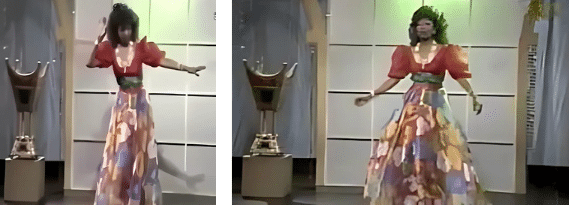
Etab In Her Element; Image Source: Pinterest
One Of Etab’s Top Hits: Gani El Asmar; Video Source: Youtube
Together, Samira and Etab reflect two paths of power: one in bold reinvention, the other in cultural courage. Both showed us how fashion could shape identity, even when the world resisted it.
BEHIND THE GLITTER
Behind every rhinestone was a story.
Sherihan, our dazzling muse, disappeared for years to fight cancer, and returned just as luminous. Suad Hosni’s death remains an unsolved wound, her tragic fall as haunting as her smile. Etab stepped onstage when she barely had permission to be seen. Nelly, Fairuz, and Samira reinvented what it meant to be feminine, visible, and free.
These women weren’t preserved in perfection, they were marked by it all. Scandal, silence, solitude. They dazzled onscreen, but they also paid for it in private. And that’s what made them mythic. They danced not just to entertain, but to endure. Their beauty wasn’t delicate, it was defiant.
In every stitch of their gowns, every flick of eyeliner, every riddle, lyric, or longing gaze, they challenged the script they were given. Their fashion wasn’t just fabric, it was freedom.
And we felt it.
Long before hashtags and filters, before stylists and story views, they taught Arab girls that presence could be power. That we could be bold, soft, rebellious, ethereal, and still be ourselves.
In many ways, Sherihan was our Cher, our Madonna, our Mylène Farmer, but in the Arab world, women like her carried a much higher cost for daring to dazzle.
They were performers. They were pioneers.
They were icons.
And for those of us watching from living rooms across the region, they were the first time we saw ourselves, lit up.
What's Your Reaction?

Dania Khan is a Dubai-based stylist and designer, now bringing her lens on style, culture, and city life to the page as a columnist for Gazetta. With roots in Abu Dhabi and a flair sharpened in London and Paris, she’s a former Elie Saab protégé on LBC’s Mission Fashion and a Lancôme Color Design Awards finalist. Her career spans couture to styling for TVCs, editorials, and music videos. She’s also a mother of two, balancing her creative chaos with homework, after-school activities, and last-minute costume days, while still chasing the many dreams she hasn’t yet ticked off. With a sharp eye and a love for storytelling, Dania’s column serves up fashion, food, and the unexpected, with a side of flair, curiosity, and unapologetic style.



